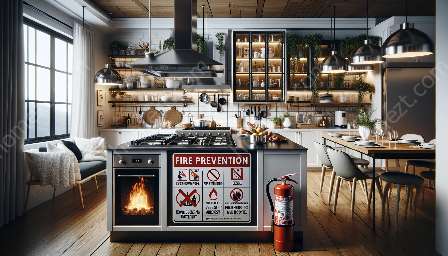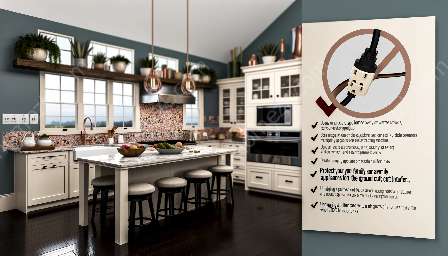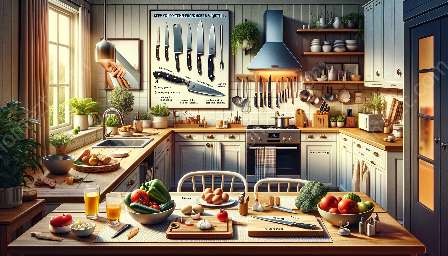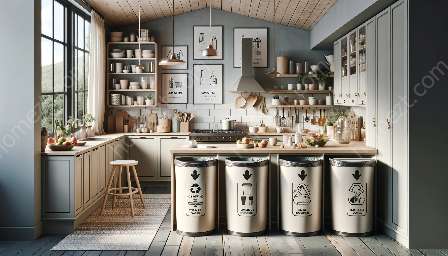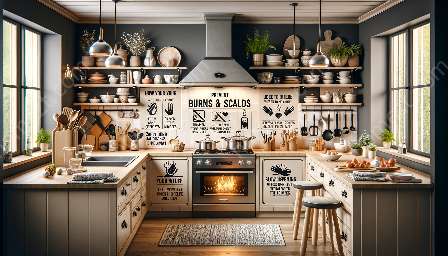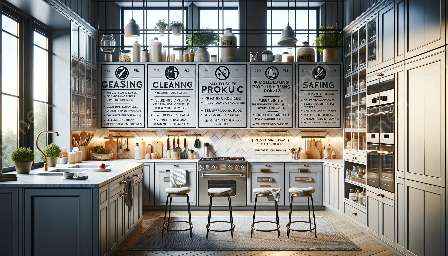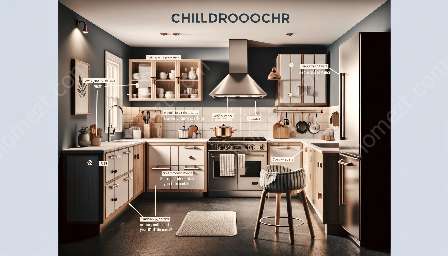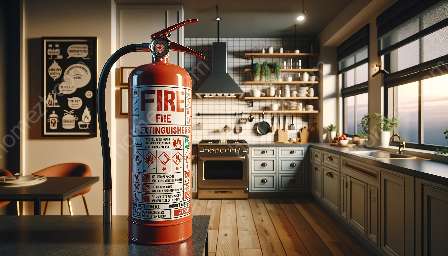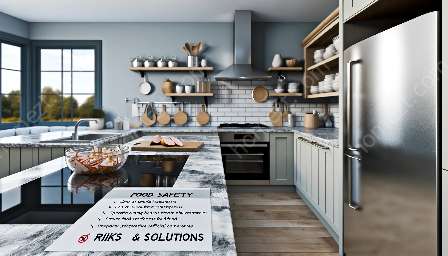Cooking in the kitchen can be a rewarding experience, but it also comes with potential risks, especially when dealing with hot cookware and bakeware. Whether you are a seasoned chef or a beginner in the kitchen, understanding how to handle hot cookware and bakeware safely is crucial for preventing accidents and ensuring the overall safety of the kitchen environment.
Kitchen Safety
When it comes to kitchen safety, proper handling of hot cookware and bakeware is paramount. Whether you're dealing with a sizzling skillet, a piping hot casserole dish, or a scalding baking sheet, following safety guidelines can significantly reduce the risk of burns and other injuries in the kitchen.
Understanding the Risks
Before delving into the specific tips for safe handling, it's essential to understand the potential risks associated with hot cookware and bakeware. Burns are the most common injuries in the kitchen, and they can range from minor to severe, depending on the level of exposure to heat. In addition to burns, mishandling hot cookware and bakeware can also lead to accidents such as spills, splatters, and even fires, posing a threat to both individuals and the kitchen itself.
Essential Tips for Safe Handling
With a focus on kitchen safety, here are essential tips for safely handling hot cookware and bakeware:
- Use Appropriate Hand Protection: When handling hot cookware or bakeware, always use protective gear such as oven mitts or pot holders. These items provide insulation and protection against heat, reducing the risk of burns.
- Be Mindful of Placement: Avoid placing hot cookware and bakeware near the edges of countertops or tables. Position them in the center of the surface to minimize the risk of accidental tipping or contact with flammable materials.
- Employ Proper Lifting Techniques: When transporting hot cookware or bakeware, use both hands and maintain a firm grip. Be mindful of the weight and stability of the item to prevent accidental drops or spills.
- Allow for Adequate Cooling Time: After removing cookware or bakeware from the oven or stovetop, allow it to cool on a designated heat-resistant surface before handling it further.
- Use Caution When Opening Lids or Covers: Steam buildup can occur when opening lids or covers of hot cookware and bakeware. To avoid burns, carefully release the steam away from your body.
- Be Mindful of Hot Surfaces: Whether on the stovetop, in the oven, or on the grill, be cautious of hot surfaces and always use appropriate tools or utensils to handle cookware and bakeware.
Preventing Accidents in the Kitchen
By adhering to these guidelines and incorporating them into your kitchen practices, you can significantly reduce the risk of accidents related to handling hot cookware and bakeware. Additionally, maintaining a clean and organized kitchen environment can further contribute to overall kitchen safety.
Conclusion
Ensuring the safe handling of hot cookware and bakeware is an integral aspect of maintaining a secure and efficient kitchen. By understanding the risks, utilizing proper handling techniques, and prioritizing caution, you can create a kitchen environment that minimizes the potential for accidents and promotes a safe cooking experience for all.

